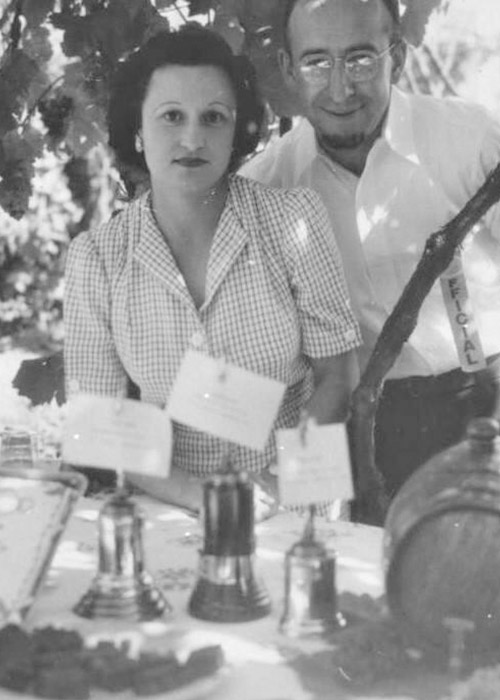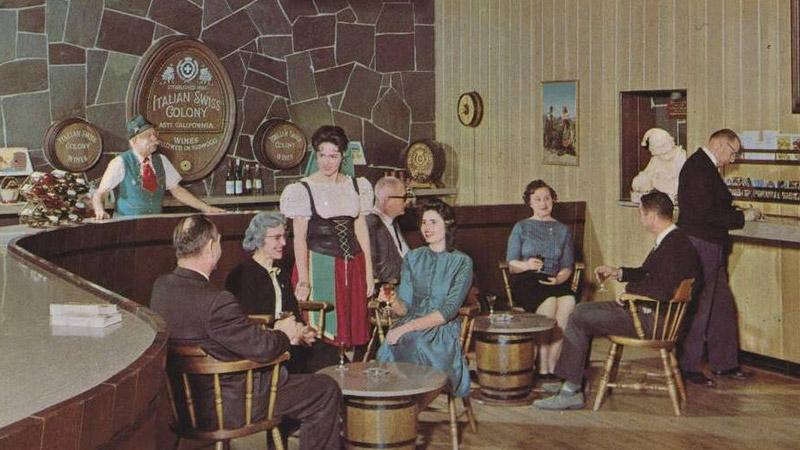Many of us know Sonoma as a destination for picturesque views and stunning wines. More than just a wine region, though, it has constantly attracted visitors, and at one point was even on par with Disneyland as one of the most popular tourist destinations in California. However, little known to most, much of Sonoma’s success is owed to the tiny town of Asti and the man who founded it: Andrea Sbarboro.

As published by the University of California Press, Sbarboro first immigrated to America as a teenager and searched for a way to provide sustainable work for his Italian compatriots who had migrated to San Francisco. In 1881, he found the answer in a small plot of farmland.
Located between Cloverdale and Healdsburg in Sonoma, Sbarboro named the new town Asti and established the groundwork for an agricultural community focused on growing grapes. But as grape prices began to decline in 1887, Sbarboro was forced to switch up the business model and built a winery.
Don’t Miss A Drop
Get the latest in beer, wine, and cocktail culture sent straight to your inbox.
Appropriately named the Italian Swiss Colony, the winery quickly evolved from a local farm to a top-performing establishment that produced some of the state’s most renowned wines. The success brought larger orders and Sbarboro took on partners — most notably Pietro Rossi, a pharmacy graduate who helped grow the company along with its wine portfolio.

By 1905, the Italian Swiss Colony table wines were gaining recognition. Several of the wines had been awarded medals in competitions locally and around the world. Business continued to thrive and, just five years later, the company had grown so large it owned over 5,000 acres in separate locations across California’s Central Valley.
After Prohibition, the Italian Swiss Colony was acquired by Louis Petri of San Francisco winery Petri Wine, which further developed it into a mass-market brand. By the early ’60s, the winery’s tourism offering began to flourish. With the help of branded postcards, paper ads, and TV commercials featuring workers in Italian Swiss uniforms, and the catchy jingle “the little old winemaker — me!” it became a hot spot for those traveling to the West Coast.
By 1967, the Italian Swiss Colony had become Sonoma County’s top tourist location, drawing approximately 300,000 visitors annually. In the following years, the winery would cement itself in American pop culture, with spinoff songs like the “Little Ole Wine Drinker Me” by Dean Martin and an honorable mention in the hit movie “Grease.”
The wine scene in Napa had begun to attract international attention, largely due to the Judgment of Paris blind tasting, shifting the spotlight from Sonoma to its neighbor. While the charm of Asti lost some of its appeal, it is not forgotten. Today the Italian Swiss Colony is celebrated for its role in American wine history and its contribution to the growth of California’s wine tourism industry. Visitors are still welcomed and, while the winery is no longer in use, the buildings and tours remain a popular experience.


